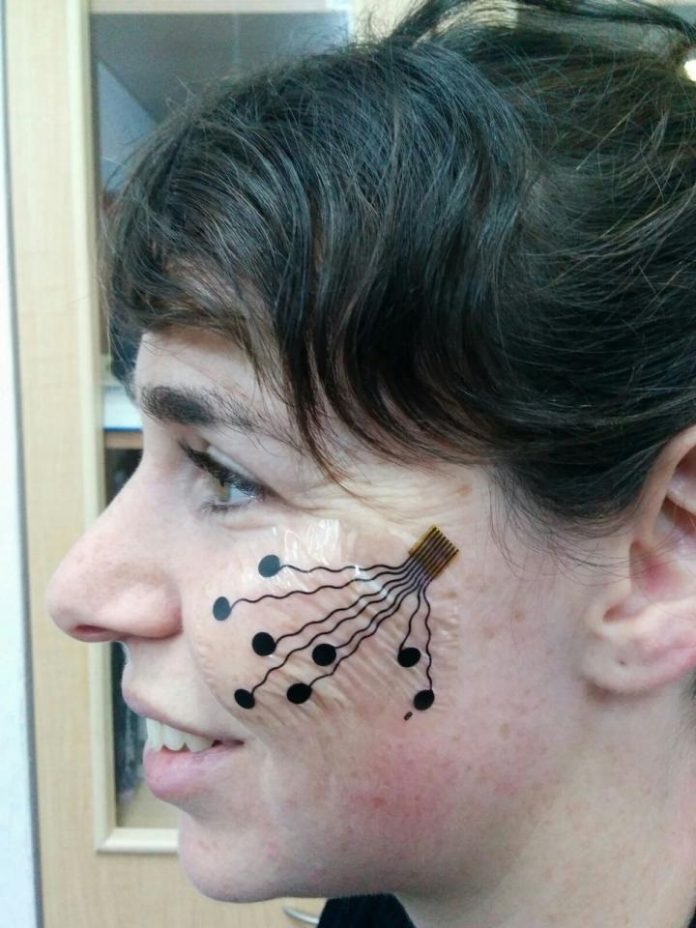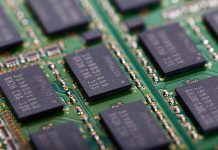A brand new temporary “electronic tattoo” developed by the Tel Aviv University that can measure the activity of muscle and nerve cells researchers is poised to revolutionize medicine, rehabilitation, and even business and advertising research. The tattoo consists of a carbon electrode, an adhesive surface that attaches to the skin, and a nanotechnology-based conductive polymer coating that enhances the electrode’s efficiency. It can record a robust, steady signal for many hours without being irritating to the skin.
The electrode, developed by Prof. Yael Hanein, head of TAU‘s Center for Nanoscience and Nanotechnology, could improve the therapeutic restoration of damaged tissue and nerves, and may even result in new insights into our emotional life.
Prof. Hanein’s research was revealed last in June 2016’s Scientific Reports and presented at a global nanomedicine program held at TAU.
“Stick it on and forget about it”
One main application of the new electrode is the mapping of emotions by monitoring facial expressions via electrical signals acquired from facial muscles. “The ability to identify and map individuals’ feelings has many potential uses. Media Professionals, pollsters, Advertisers, and others — all wish to test people’s reactions to various situations and products. Today, with no accurate scientific tools available, they rely mostly on inevitably subjective questionnaires.” stated Prof. Hanein.
“Researchers worldwide try to develop methods for mapping feelings and emotions by analyzing facial expressions, mostly through pictures and smart software programs,” Prof. Hanein continued. “However our skin electrode provides a more direct and convenient solution.”

Source: Scientific Reports
The gadget was first developed as an alternative to electromyography, also known as EMG, a technique for recording and evaluating the electric signals produced by muscles and nerve cells. It is an unpleasant and uncomfortable medical process that requires patients to lie sedentary within the lab for hours on end. Usually a needle is stuck into muscle tissue to document its electrical activity, or patients are swabbed with a sticky, cold gel and hooked up to unwieldy surface electrodes.
“Our tattoo permits patients to carry on with their daily routines, whereas the electrode monitors their muscle and nerve activity,” mentioned Prof. Hanein. “The idea is: stick it on and forget about it.”
More Applications
According to Prof. Hanein, the new skin electrode has other vital therapeutic applications. The tattoo will be used to observe the muscle activity of patients with neurodegenerative diseases in a study at Tel Aviv Medical.
“However that’s not all,” stated Prof. Hanein. “The physiological data measured in specific muscle tissue could also be used in the future to indicate the alertness of drivers on the road; patients in rehabilitation following stroke or brain injury may utilize the ‘tattoo’ to enhance muscle control; and amputees may employ it to move artificial limbs with remaining muscles.”
The electrode is the product of a European Research Council (ERC) project and received help from the BSMT Consortium of Israel’s Ministry of Economy.













